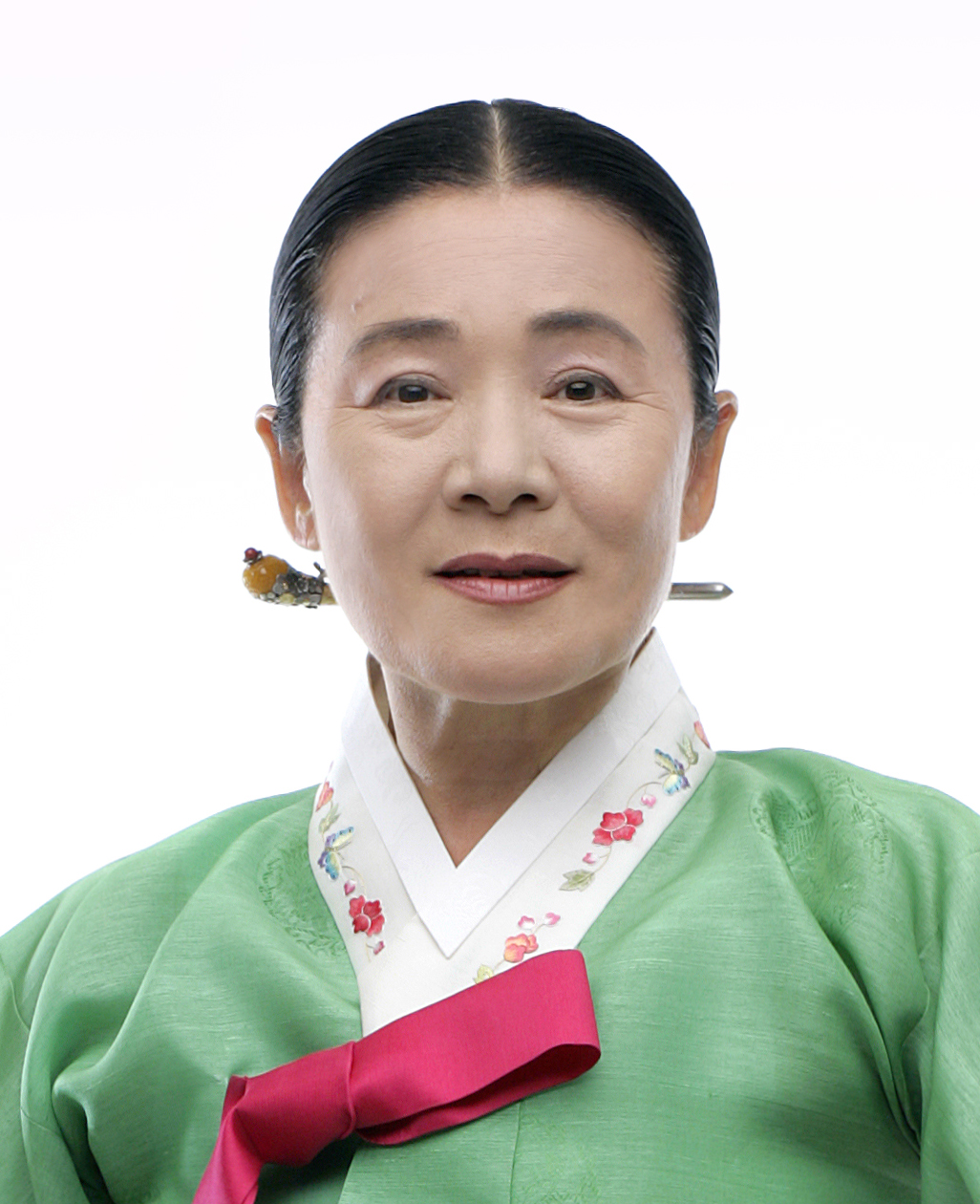- California Assembly OKs highest minimum wage in nation
- S. Korea unveils first graphic cigarette warnings
- US joins with South Korea, Japan in bid to deter North Korea
- LPGA golfer Chun In-gee finally back in action
- S. Korea won’t be top seed in final World Cup qualification round
- US men’s soccer misses 2nd straight Olympics
- US back on track in qualifying with 4-0 win over Guatemala
- High-intensity workout injuries spawn cottage industry
- CDC expands range of Zika mosquitoes into parts of Northeast
- Who knew? ‘The Walking Dead’ is helping families connect
‘Living treasure from Korea’ Ahn Sook-sun to perform at LACMA
By The Korea Times Los Angeles staff
Singer Ahn Sook-sun, a living cultural asset of South Korea, is scheduled to perform at the Los Angeles County Museum of Art on Saturday as a part of the museum’s celebration of the closing of “Treasures From Korea: Arts and Culture of the Joseon Dynasty,” ending Sunday. The performance will begin at 1 p.m. inside Bing Theater.
Ahn, 65, is the artistic director of the Korean National Gukak Center.
Q: You’ve performed several times in Los Angeles, and now you’ll be on stage at LACMA.
Ahn: I’m thankful to be a part of an honorable cultural exchange between Korea and America. Because there are so many Koreans in Los Angeles, I only have memories of receiving love. I hope people come out to Korea Day to enjoy our music and interact.
Q: Please explain the program and the performance.
Ahn: We’ll have a sinawe (traditional) performance, with a gayageum (a 12-string instrument) chorus, pansori and sanjo and folk performances. You can think of sinawe as an ensemble consisting of haegeum (a two-string instrument resembling a fiddle), geomungo (a six-string instrument), gayageum and drums playing an impromptu performance together. Because it’s impromptu, you’ll be able to feel the technique and skill of each instrument player.
It’s rare to come across sanjo (free-style solo) performances in Korea. People may think of ‘sanjo‘ as a difficult thing, but you can think of it as a performance in which you can appreciate the essence of an instrument. The gayageum chorus combines the representative traditional Korean instrument, gayageum, with a traditional singer. We’ll be performing the pansori “A Swallow’s Itinerary in a Song of Heungbo,” which showcases the rhythmical melody of the gayageum with entertaining lyrics. It’s the story of a swallow who takes a long journey back to Korea to repay its debt to Heungbo, who helped it. The pansori I’ve prepared is “Opening the Gourd” in the song of Heungbo. Heungbo, a poor but kind person, uses the gourd seed given to him by the swallow to grow a gourd and sings a song while sawing it in half. When it opens, Heungbo and his family are made happy when they find money and rice inside.
In 2003, pansori was designated as an intangible world heritage by UNESCO — that’s how much musical and cultural value it has.
Q: You perform overseas often. What is the reaction like to your type of singing, which is different from Western singing?
Ahn: What surprises me is that, sometimes, the reaction is more passionate overseas. Pansori is a form of a life story in a song, so I think foreigners, too, feel the joys and sorrows expressed in pansori.
I’ve seen foreigners shed tears at the story of Simcheong (a pansori) and dance at the exciting gourd traditional ballad. When performing pansori, I sing alone for three to five hours. If the audience doesn’t engage, it’s hard for the singer to do that. But I engage with both Korean and foreign audiences to perform.
Q: What are your thoughts on the globalization of gukak (Korean traditional music), of the Hallyu-ization of gukak?
Ahn: I think gukak is an important genre that can truly grow as a part of Hallyu. Gukak is something that’s ours but also a resource that has infinite potential for globalization. If we could continue our tradition while helping making it global, I see a possible road there. In the past during a performance in New York, foreigners understood the art and meaning of pansori after we included English subtitles. I hope pansori stories are translated as quickly as possible.
Q: There are a growing number of people in Los Angeles who are learning pansori and gukak. Do you have anything you’d like to say to them?
Ahn: Our sound is music that you fall into more and more as you learn it and do it. That’s why it doesn’t matter whether you’re doing it as a hobby or as a profession. For those who are learning our traditional sound as a hobby, I would recommend that they listen to a lot of our music. They’ll find, listening to our music, breathing and singing techniques they won’t find in Western music. If you listen a lot and sing a lot, you’ll feel the charm of our sound and, before you know it, see improvement.

















